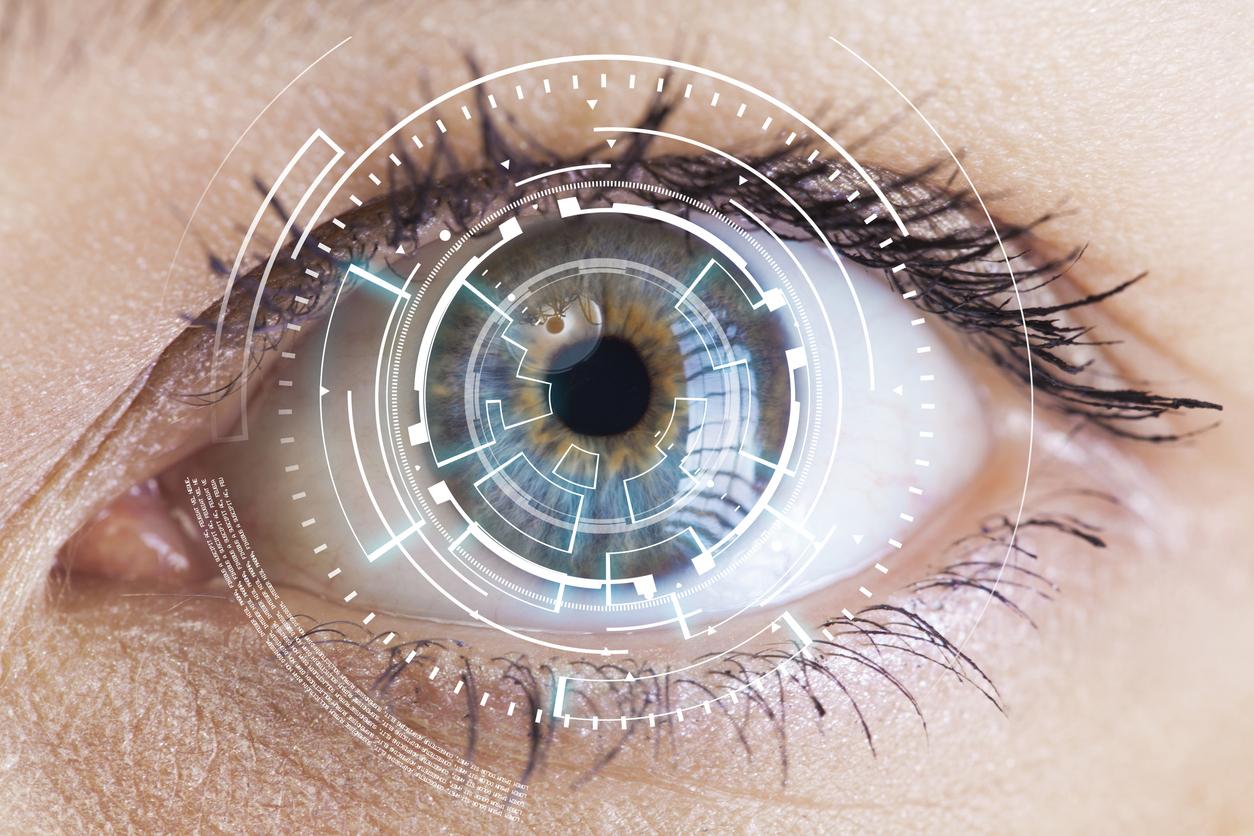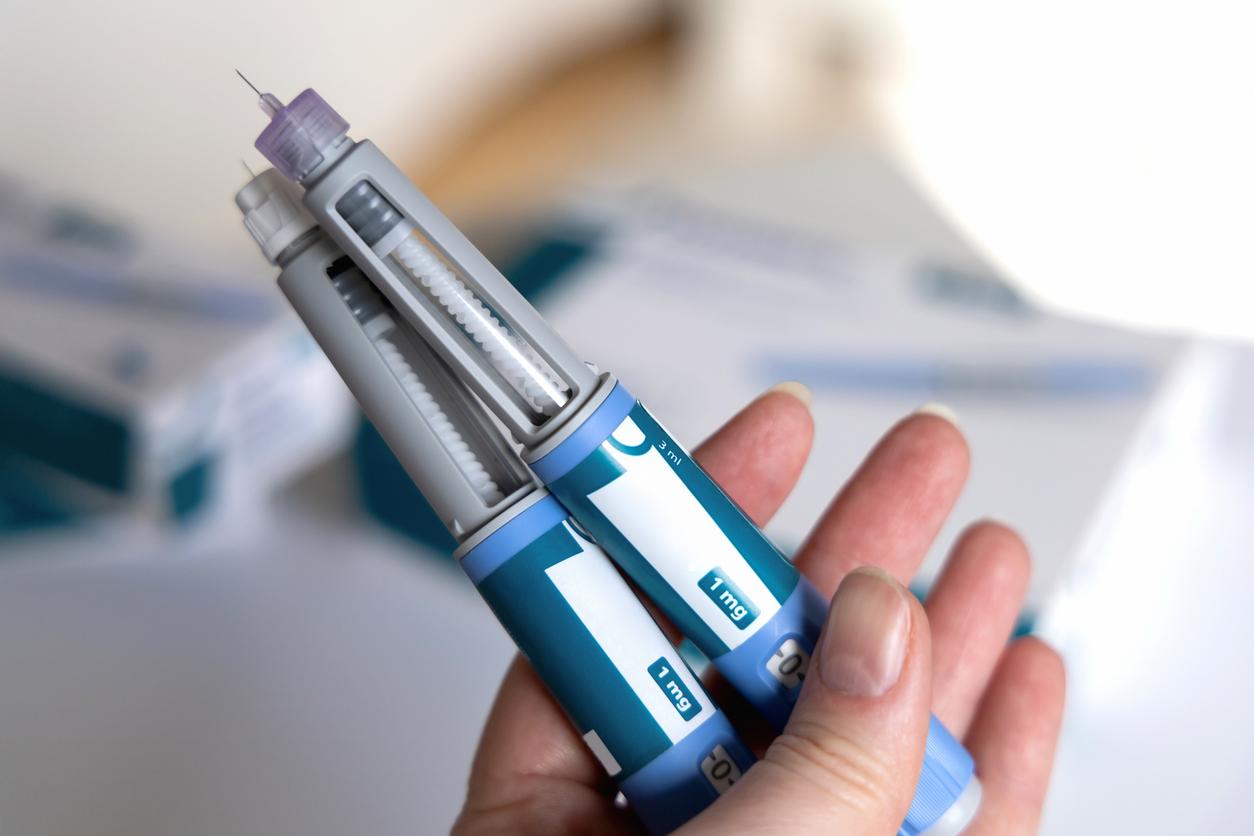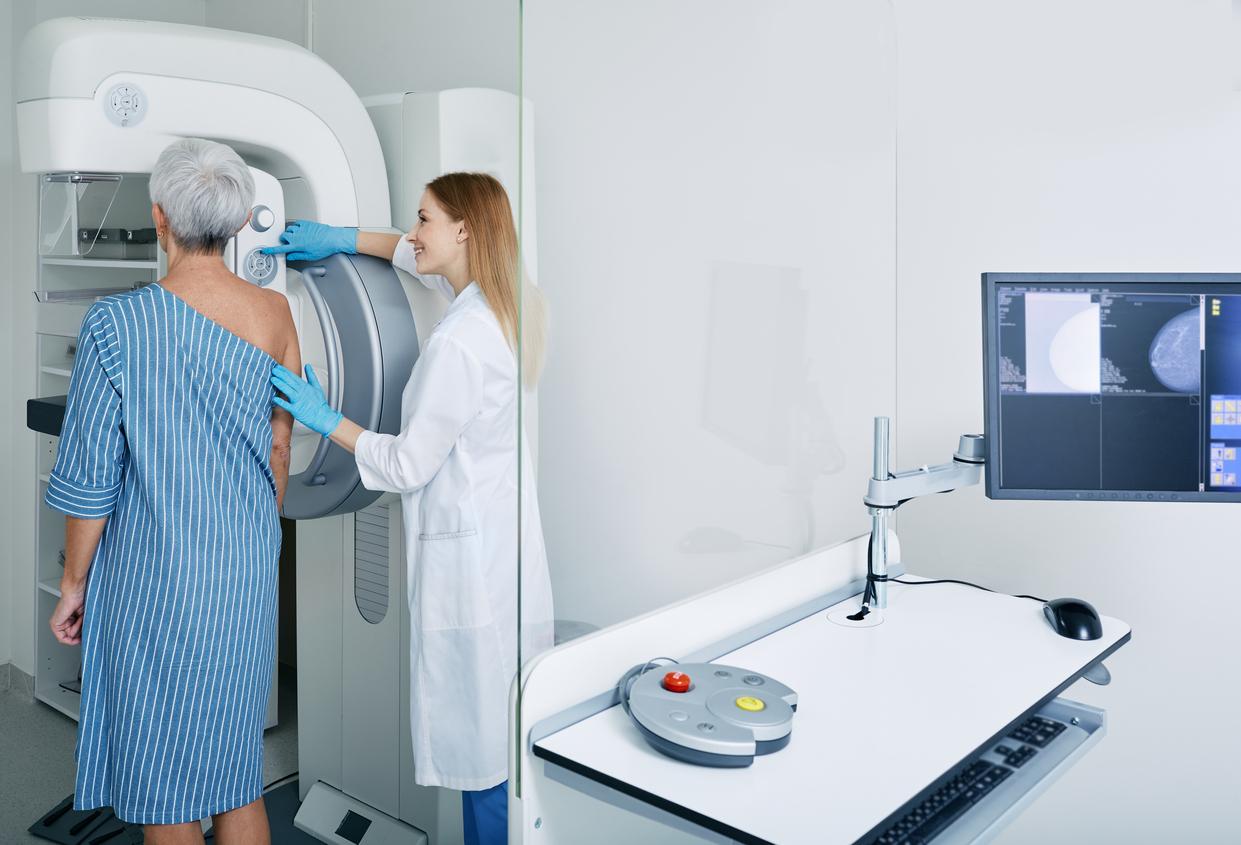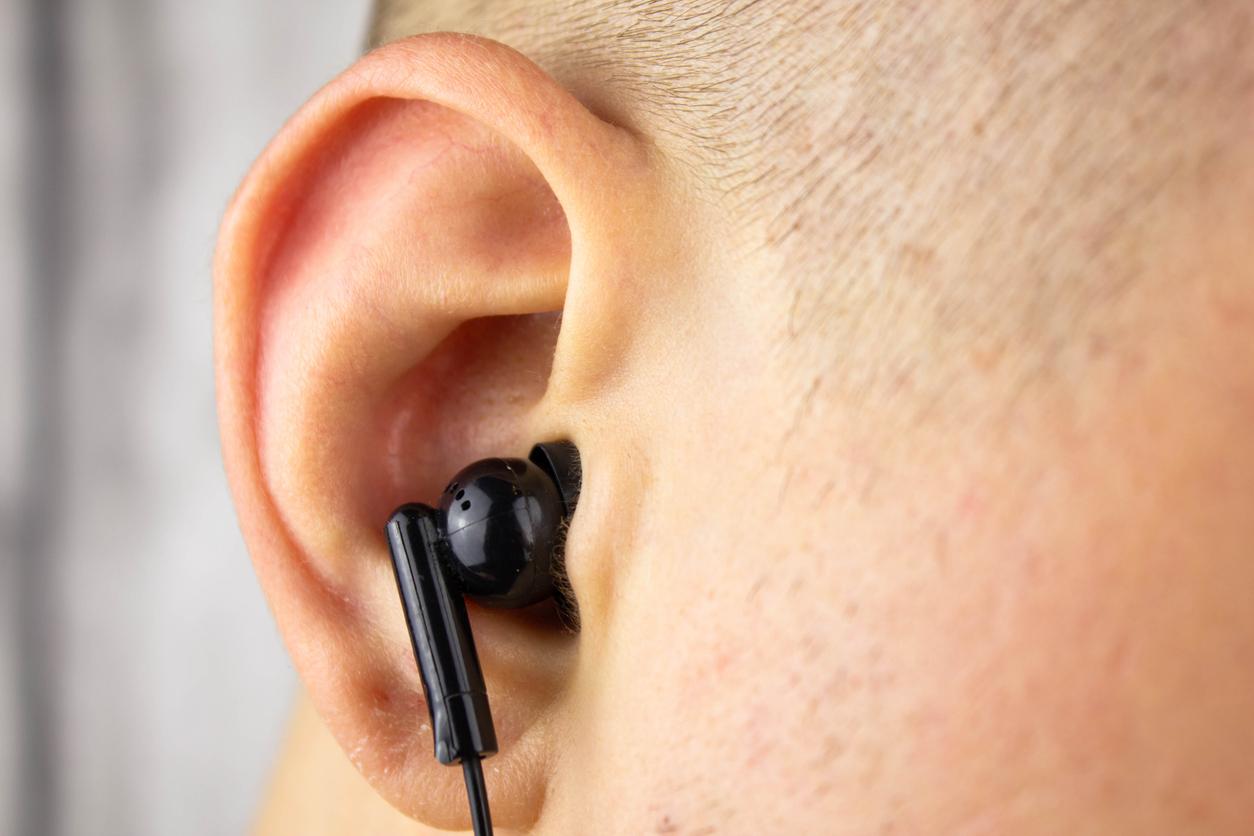Thanks to an angiography performed on the blood vessels of the retina, this totally autonomous artificial intelligence would be able to detect potential cardiovascular diseases just by analyzing blood pressure.

- An artificial intelligence has managed for the first time to detect abnormalities in retinal angiography.
- Working in total autonomy, she has been trained by looking at 70,000 images of patients, so that she understands which are the specific markers of hypertension.
- Based on tests, artificial intelligence has surpassed humans in detecting cases of hypertension.
Our eyes can tell a lot more about us than we think. An international collaboration of researchers has developed an autonomous artificial intelligence capable of predicting the risks of cardiovascular disease in patients thanks to the blood vessels present in the retina. The results of their advance were published on October 12, 2020 in the journal Nature Biological Engineering.
Fully autonomous artificial intelligence
The researchers came up with the idea of using angiography to illuminate the blood vessels of the retina. This method of medical imaging consists in administering to the patient a weakly radioactive contrast product which will then attach itself to the targeted organ or tissue. Thanks to the radioactivity of the product and the radiation of the machine used to transcribe the information, it then becomes possible to visually map the area concerned.
In the case of retinal angiography, the goal is to detect the presence of hypertension in the blood vessels, which would be a sign of the presence of cardiovascular disease. If it has long been possible to detect the risks of cardiovascular disease in our retinas, the novelty here lies in the fact that human intervention will no longer necessarily be necessary thanks to artificial intelligence.
Better results than doctors
To do this, the researchers trained an artificial intelligence using 70,000 images from people of various origins so that it could understand on its own whether or not a person was at risk of cardiovascular disease. These images focused in particular on the common markers to be identified in the retinal vasculature.
In order to better appreciate the precision of the artificial intelligence’s detection capabilities, the researchers then subjected the computer to tests, to compare these results with those of real doctors. Unsurprisingly, the detection capabilities of artificial intelligence have surpassed those of doctors.
.















